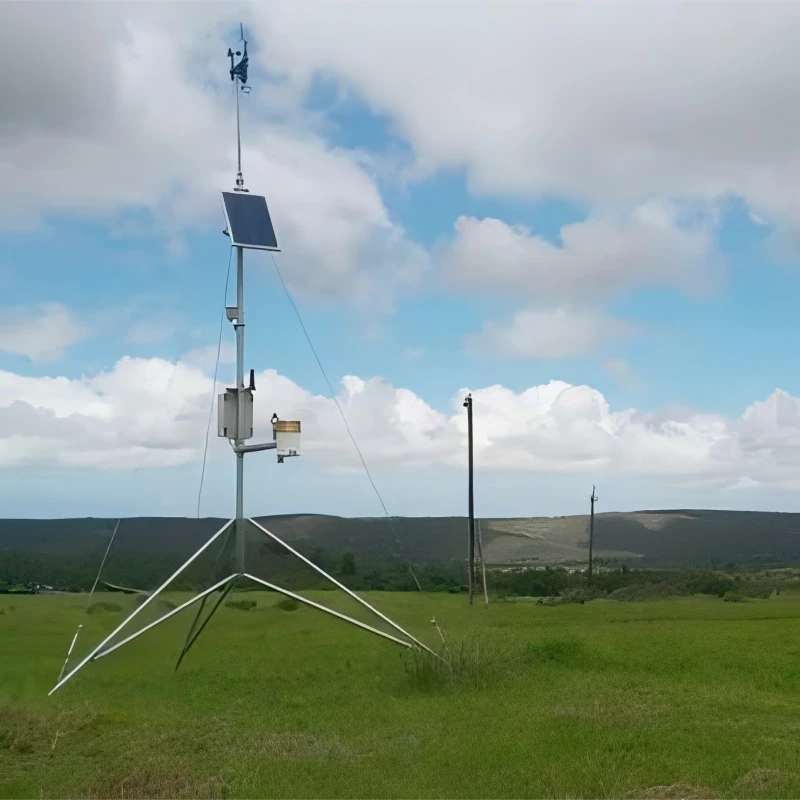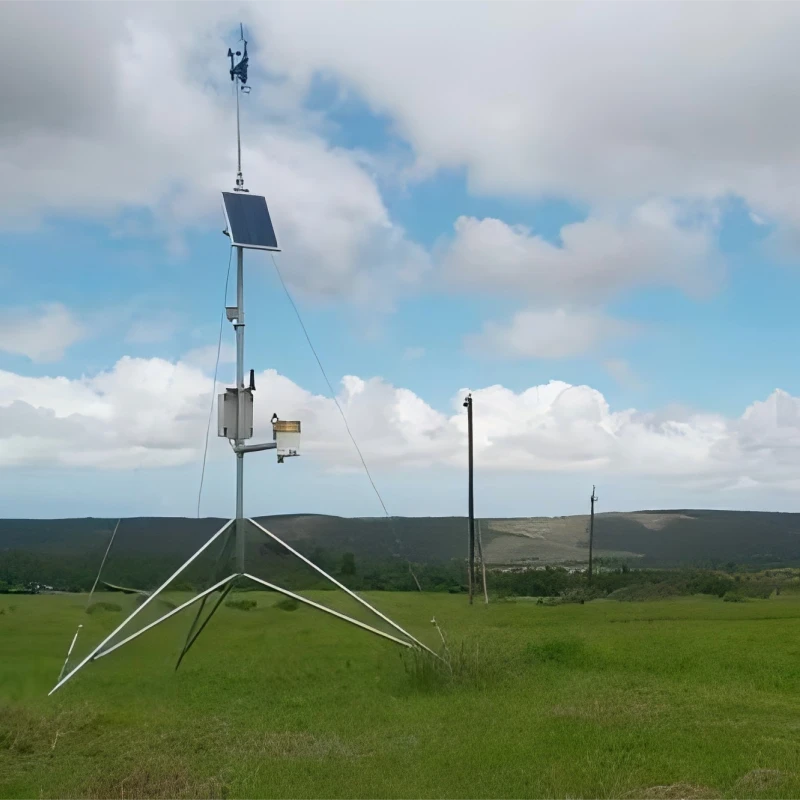Weather Measuring Instruments: Essential Tools for Accurate Forecasting

# Weather Measuring Instruments: Essential Tools for Accurate Forecasting
Weather forecasting has become an indispensable part of modern life, influencing everything from agriculture to aviation. At the heart of accurate weather predictions lies a suite of specialized tools known as weather measuring instruments. These devices are designed to collect precise data on atmospheric conditions, enabling meteorologists to analyze and predict weather patterns effectively.
## The Role of Weather Measuring Instruments
Weather measuring instruments play a crucial role in gathering data on various atmospheric parameters. These include temperature, humidity, wind speed, wind direction, atmospheric pressure, and precipitation. By monitoring these factors, meteorologists can create detailed weather models and forecasts that help individuals and organizations make informed decisions.
### Key Weather Measuring Instruments
Several instruments are essential for accurate weather measurement. Below are some of the most commonly used tools:
#### 1. Thermometer
A thermometer is used to measure air temperature. Modern thermometers often use digital sensors to provide accurate readings, which are critical for understanding daily weather patterns and long-term climate trends.
#### 2. Hygrometer
The hygrometer measures humidity levels in the atmosphere. Humidity data is vital for predicting precipitation, fog, and even heatwaves, as it influences how moisture behaves in the air.
#### 3. Anemometer
An anemometer is designed to measure wind speed. This instrument is particularly important for aviation, shipping, and storm prediction, as wind conditions can significantly impact safety and operations.
#### 4. Barometer
A barometer measures atmospheric pressure, which is a key indicator of weather changes. Falling pressure often signals an approaching storm, while rising pressure typically indicates fair weather.
#### 5. Rain Gauge
The rain gauge is used to measure the amount of precipitation over a specific period. This data is essential for understanding rainfall patterns, which are critical for agriculture, water resource management, and flood prediction.
#### 6. Wind Vane
A wind vane, also known as a weather vane, determines wind direction. This information is crucial for understanding weather systems and their movement, especially in predicting storms and other severe weather events.
## Advanced Weather Measuring Tools
In addition to traditional instruments, advanced technologies have revolutionized weather measurement. For instance, weather satellites and radar systems provide real-time data on a global scale, enabling meteorologists to track storms, monitor climate changes, and predict extreme weather events with greater accuracy.
### The Importance of Calibration and Maintenance
To ensure the accuracy of weather data, it is essential to regularly calibrate and maintain weather measuring instruments. Even minor errors in readings can lead to significant discrepancies in forecasts, which can have far-reaching consequences. Proper maintenance also extends the lifespan of these tools, ensuring reliable performance over time.
## Conclusion
Weather measuring instruments are the backbone of accurate weather forecasting. From simple thermometers to sophisticated satellite systems, these tools provide the data needed to understand and predict atmospheric conditions. As technology continues to advance, these instruments will become even more precise, helping us better prepare for the challenges posed by an ever-changing climate.
Keyword: weather measuring instruments
